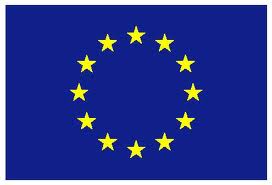
The essence of contemporary Europe may well be found in a desecrated church in Barcelona. Behind the Romanesque facade of the Torre Girona chapel, a glass room runs along the main nave. Inside, sits one of Europe’s most powerful supercomputers: MareNostrum.
Since 2004, MareNostrum has been the pulsing heart of the Barcelona Supercomputing Centre, a research and development (R&D) centre established by the Polytechnic University of Catalonia with the support of IBM. While bewildering at first, this rebellious union between sacred and secular is more than just an extravagance.
“It looks like a union that is against nature, but perhaps that’s not really the case,” wrote local author Olga Merino in local newspaper El Periodico. “Since the origins of humanity, men have been looking for ways to give chaos an order. [Once,] they lifted their eyes to the sky, looking for answers. Today, in the 21st century, they try to find them through technology. They switched one divinity for another.”
They did so in typical European fashion: embracing the new while still hanging onto the past.
Europe is sometimes hard to fathom. In this day and age, progress is marked by pace, modernity and size. The world stands in awe before the sinuous forms of the glass towers populating financial districts, the wondrous architectures of new cities, the frantic cycles of construction and destruction — and rightly so. Except for a few metropolises, the old continent tends to lack any of that.
But if progress often dictates that the new must replace the old, Europe stands as the exception to this rule. In fact, all across the continent, progress and heritage coexist in a symbiotic embrace harbouring European excellence. You don’t have to look any further than Torre Girona, or Leuven in Belgium and Cambridge in the UK, where long-standing universities are nurturing talent and research, continuously pushing the frontier of global innovation.




